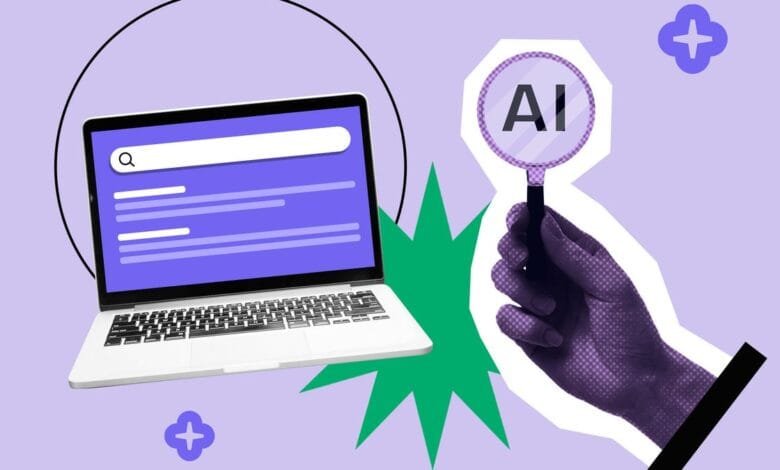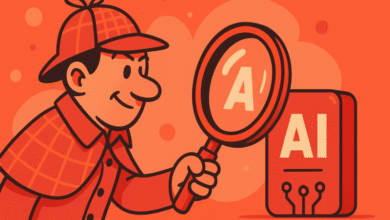AI Hype: 6 Ways to Spot Fact vs. Fiction

▼ Summary
– MIT economist Daron Acemoglu argues AI is overhyped, estimating it may automate only 5% of tasks and boost global GDP by just 1% in the next decade.
– Former Google CEO Eric Schmidt believes AI is underhyped, calling its ability to develop novel solutions transformative and potentially increasing productivity by 30% annually.
– Acemoglu claims AI currently lacks critical production applications and is seen as a cost-cutting tool rather than an innovation driver like the early internet.
– Schmidt contends AI is advancing rapidly, surpassing traditional economic models and accelerating beyond historical technological gains.
– The article advises a balanced approach to AI adoption, emphasizing human-AI collaboration and cautioning against hype-driven investments without clear strategic vision.
The debate around artificial intelligence’s true potential has reached fever pitch, with experts divided between cautious skepticism and unbridled optimism. While some predict modest economic impacts, others envision revolutionary changes that could redefine productivity. Understanding where reality ends and exaggeration begins requires cutting through the noise with practical strategies.
MIT economist Daron Acemoglu recently challenged the prevailing AI enthusiasm, suggesting its economic contribution may be far smaller than anticipated. He estimates AI might automate just 5% of tasks and boost global GDP by a mere 1% over the next decade. Unlike the internet, which transformed industries through innovation, AI currently serves primarily as a cost-cutting mechanism rather than a disruptive force.
In stark contrast, former Google CEO Eric Schmidt argues that society underestimates AI’s sweeping potential. He describes non-human intelligence as a game-changer, capable of solving problems in ways humans haven’t even considered. Schmidt predicts unprecedented productivity gains, up to 30% annually, far exceeding traditional economic models.
Acemoglu remains unconvinced, questioning whether AI can truly achieve human-like reasoning anytime soon. “With current architectures, AI merely mimics human decision-making,” he asserts, emphasizing the need for more collaborative, human-centered development. Meanwhile, Schmidt believes the rapid pace of advancement will soon make today’s AI capabilities seem outdated.
Navigating the AI hype requires a balanced approach. Here are six practical ways to separate fact from fiction:
- Resist FOMO Pressure – Despite the buzz, most organizations are still learning how to integrate AI effectively. Before investing heavily, assess whether existing systems can achieve similar results.
- Align AI with Business Needs – Instead of chasing trends, identify specific pain points where AI could add real value. Engage employees in discussions about where automation could enhance, not replace, their work.
- Stay Updated, But Stay Grounded – New AI models emerge constantly, but today’s cutting-edge tool could be obsolete in months. Focus on adaptable solutions rather than fleeting advancements.
- Learn from Peers – Industry forums and case studies reveal where AI succeeds, and where it falls short. Real-world applications provide clearer insights than theoretical promises.
- Augment, Don’t Replace – AI excels at repetitive tasks but lacks human judgment. Use it to enhance productivity, not eliminate skilled roles.
- Innovate Beyond Cost-Cutting – Rather than just automating processes, explore how AI can enable entirely new services in healthcare, education, and finance.The truth likely lies somewhere between extreme optimism and outright dismissal. AI’s most transformative applications may emerge quietly, powering systems behind the scenes rather than dominating headlines. For now, the smartest strategy is measured adoption, leveraging AI’s strengths while recognizing its limitations.
(Source: ZDNET)





